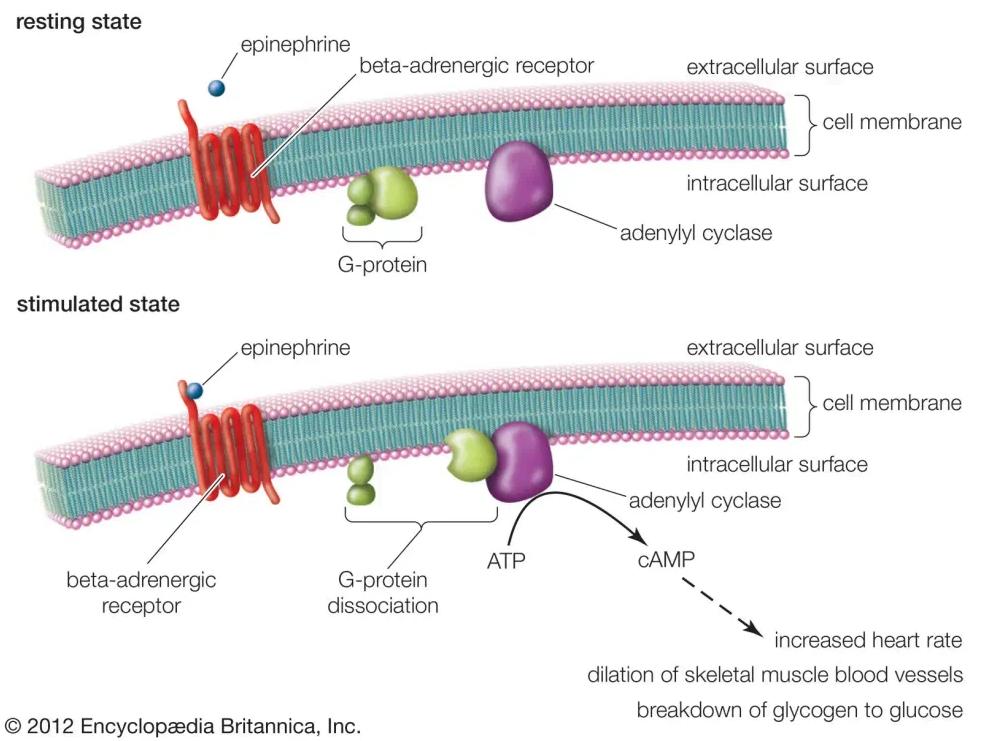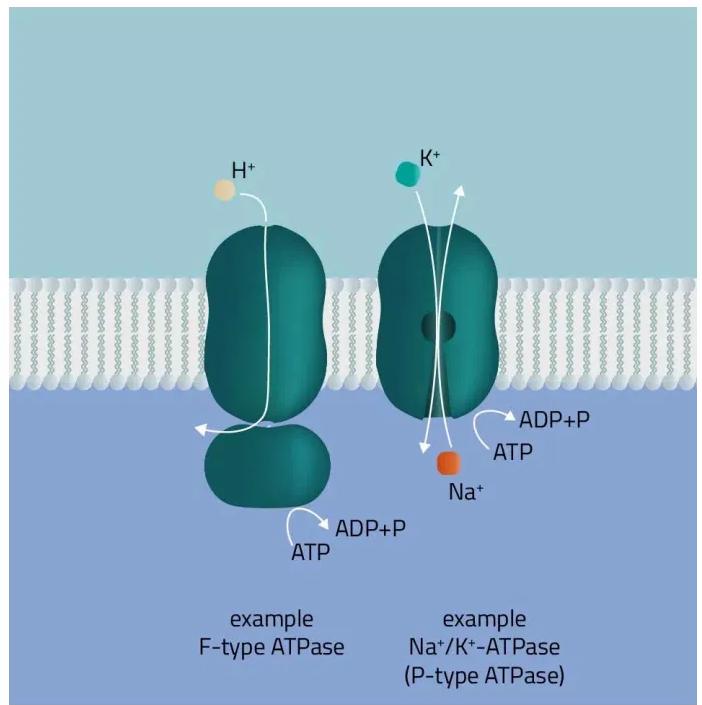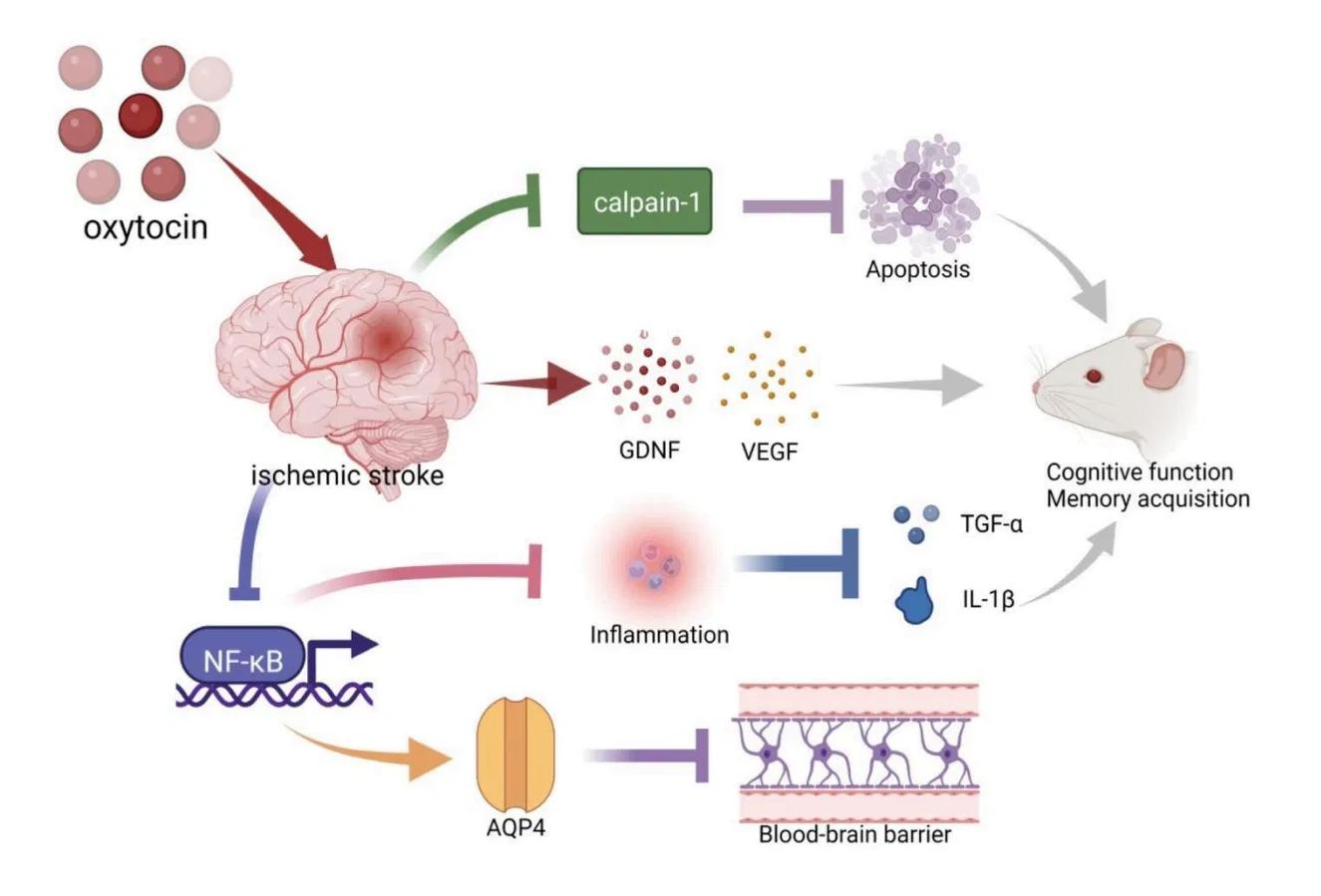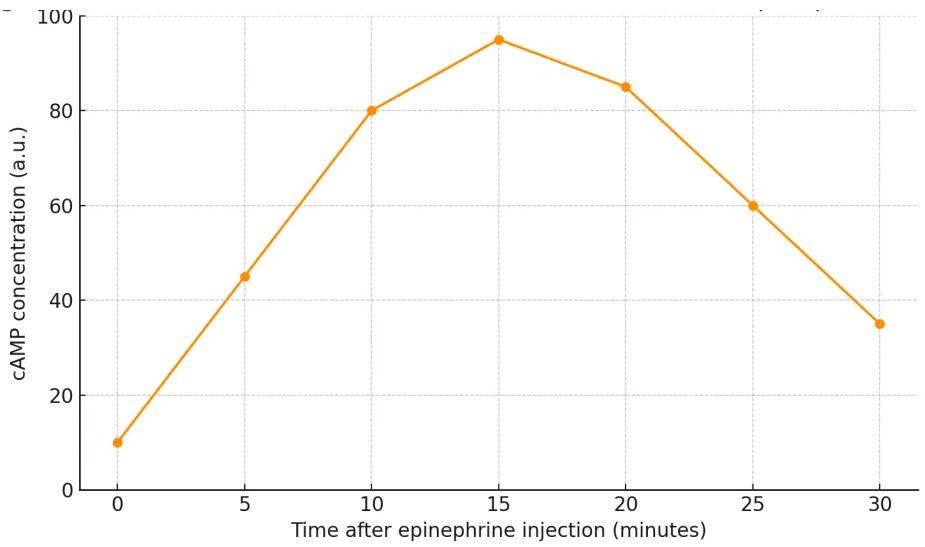Practice C2.1 Chemical signalling (HL) with authentic IB Biology exam questions for both SL and HL students. This question bank mirrors Paper 1A, 1B, 2 structure, covering key topics like cell biology, genetics, and ecology. Get instant solutions, detailed explanations, and build exam confidence with questions in the style of IB examiners.
Refer to the diagram showing epinephrine binding to a beta-adrenergic receptor and subsequent activation of intracellular signalling.

Epinephrine-stimulated cAMP synthesis
Which process best explains how signal transduction begins following epinephrine binding to the receptor?
Refer to the image showing membrane-bound ATPases.

Which feature explains why these ATPases require transmembrane regions?
The table below shows Vibrio fischeri bacteria at different cell densities and their production of quorum-sensing signals.
| Cell density (cells/mL) | Quorum signal concentration (µM) | Light emission (relative units) |
|---|---|---|
| 104 | 0.1 | 0 |
| 106 | 1.5 | 5 |
| 12 | 100 | |
| ---------------------------- | ------------------------------------- | ------------------------------------ |
Based on the table, what explains the sudden increase in bioluminescence at high cell densities?
Researchers investigated the effects of oxytocin (OT) on cognitive recovery after ischemic stroke in a mouse model. The figure below summarizes several interacting molecular pathways influenced by OT, including calpain-1, NF-KB, BDNF, VEGF, AQP4, and cytokines such as -a and .

Identify which type of signalling molecule oxytocin belongs to and explain why it can exert distant effects after release into the body.
Explain why cytokines such as TNF-a and IL-18 are classified separately from hormones and neurotransmitters.
Based on the diagram, list one signalling molecule that acts locally (near its release site) and one that acts at distant sites, and explain your reasoning.
State one reason why animals use a wide range of chemical substances (such as amines, proteins, peptides, and steroids) for signalling.
Describe the role of calcium ions (Ca2+) as shown in the diagram and explain why they are important signalling molecules in the nervous system.
Epinephrine (adrenaline) acts via G protein-coupled receptors (GPCRs) on the surface of many cell types. Activation of these receptors leads to production of the second messenger cyclic AMP (cAMP), which initiates various downstream responses such as increased glucose metabolism.
Figure 1 (from the previous question set) shows the downstream signaling pathway involving GPCRs, G proteins, second messengers, and protein kinase activation.

Figure 2 shows the intracellular cAMP concentration over time after an epinephrine injection.

Using Fiqure 1, describe the difference in membrane potential change between normal and blocked acetylcholine receptor conditions.
Suggest a molecular explanation for this difference.
Acetylcholine binds to ionotropic receptors on postsynaptic neurons. State what happens to the membrane potential when acetylcholine binds.
Predict what might happen if too much acetylcholine accumulates in the synaptic cleft.
Suggest how an acetylcholinesterase inhibitor might affect nerve transmission.
With reference to Figure 2, outline the steps by which a G-protein-coupled receptor transduces a signal leading to the activation of intracellular enzymes
Compare and contrast the mechanism of signal transmission through ion channel–linked receptors (e.g., acetylcholine receptor) and GPCRs.
Explain how quorum sensing leads to bioluminescence in Vibrio fischeri.
A researcher measured the effect of a ligand binding to a GPCR on cAMP production in liver cells. The data is shown below:
| Ligand Concentration (nM) | cAMP Production (pmol/min) |
|---|---|
| 0 | 1.0 |
| 5 | 3.8 |
| 10 | 7.5 |
| 25 | 15.2 |
| 50 | 18.5 |
| 100 | 19.0 |
Describe the relationship between ligand concentration and cAMP production using the data provided.
Explain why cAMP production reaches a maximum level when ligand concentration exceeds 50 nM.
Describe the process of quorum sensing in bacteria and explain its role in gene expression.
What type of receptor is associated with the hormone insulin?
Which of the following signaling molecules are involved in synaptic transmission?